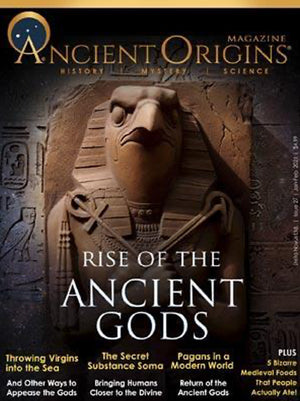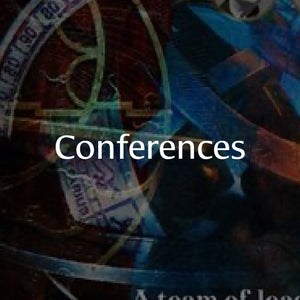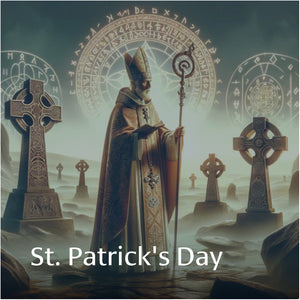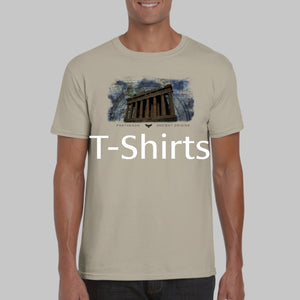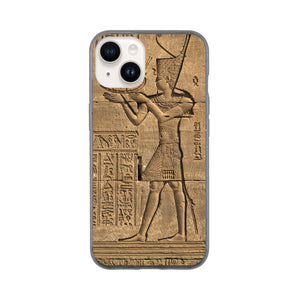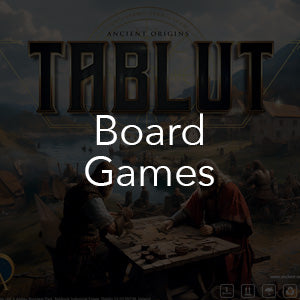
The Stellar Tableau Behind the Apocalyptic Vision of Revelation
- Regular price
- $10.00
- Sale price
- $10.00
- Regular price
-
- Unit price
- per
-
Product Information
Comprehending the meaning behind the mysterious imagery in the Book of Revelation remains one of the most challenging facets of New Testament scholarship, and one scene in particular continues to confound theologians: the “Woman-Child-Dragon” vignette of Revelation 12:1-6: There a “great sign was seen in heaven,” consisting of a pregnant woman crying out in labor, who is “clothed with the sun, with the moon under her feet, and on her head a crown of 12 stars.” Suddenly another sign appears, a “great red dragon, with seven heads and ten horns, and seven diadems upon his heads.” After sweeping one-third of the stars of the sky to the earth with its enormous tail, the dragon stood before the woman, poised to devour her child the moment it was born. She gave birth to a son that was immediately “snatched away to God and to his throne”—thereby thwarting the red ophidian’s plan. She then fled into the wilderness, where God had prepared a place for her.
While studying the relationship between celestial mythology and astronomical knowledge as a graduate student at Brigham Young University, John McHugh stumbled upon an arcane celestial code. According to this secret code the stars and constellations embodied divinities, and their titles and images depicted “Heavenly Writing.”
A close inspection of the text reveals that the author of the Book of Revelation, John of Patmos was using this astrological wisdom as the basis for his vision. John McHugh illustrates how the “Woman-Child-Dragon” apparition can be concretely traced to a stellar tableau in pre-Christian, pagan astrological tablets from Mesopotamia.
John McHugh earned a Master’s degree from Brigham Young University (Provo, Utah, USA) with a dual emphasis on Near Eastern and Native American Archaeology (1999). He has extensive archaeological excavation and survey experience throughout Syria, Jordan, and the American Southwest. He specializes in Near Eastern and Native American archaeoastronomy as well as American Indian rock art and possesses reading knowledge of Sumerian, Akkadian, Ugaritic, Biblical Hebrew, Aramaic, Greek, and Qur’anic Arabic. John is the lead archaeologist for the Utah Cultural Astronomy Project, which is committed to exposing and celebrated the wealth of scientific wisdom embedded in the religious cosmologies of Ancestral Puebloan peoples and their modern Puebloan descendants. He is the author of The Celestial Code of Scriptures


